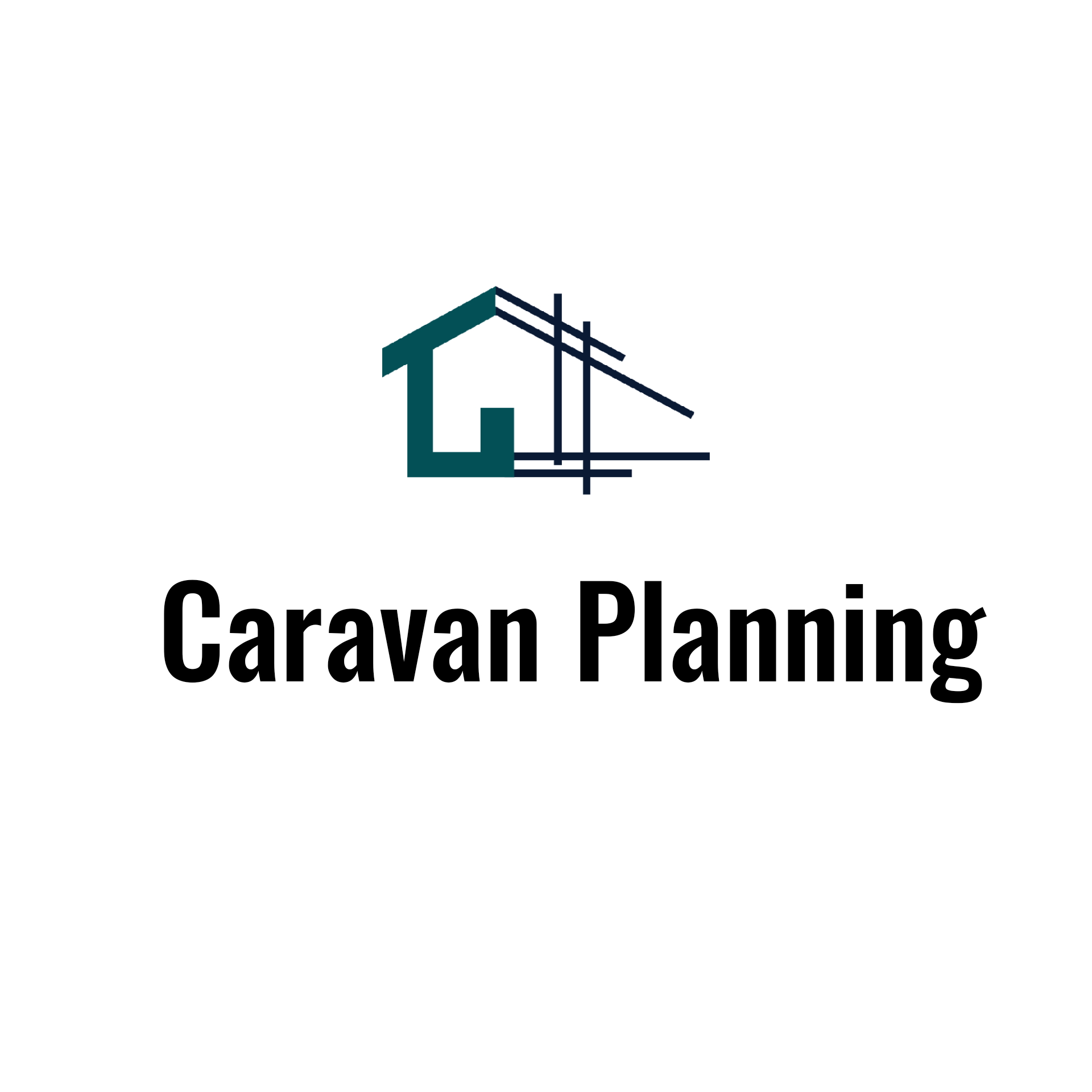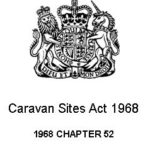1.1 Section 29(1) of The Act, states a;
“caravan” means any structure designed or adapted for human habitation which is capable of being moved from one place to another (whether by being towed, or by being transported on a motor vehicle or trailer) and any motor vehicle so designed or adapted, but does not include—
- any railway rolling stock which is for the time being on rails forming part of a railway system, or
- any tent;
1.2 The Act was further modified in 1968 to include a definition of a twin-unit caravan s13(1);
- is composed of not more than two sections separately constructed and designed to be assembled on site by means of bolts, clamps or other devices; and
- is, when assembled physically capable of being moved by road from one place to another (whether by being towed, or by being transported on a motor vehicle or trailer),
- shall not be treated as not being (or not having been) a caravan within the meaning of Part 1 of the Caravan Sites and Control of Development Act 1960 by reason only that it cannot lawfully be moved on a highway when assembled.”
1.3 Case law in relation to the above points has coined the term the ‘Construction and Mobility tests’.
1.4 The Construction test clarifies point ‘a’ above by adding that, to be considered a twin-unit caravan, the ‘final
act’ of construction on site should be the connecting together of the two separately constructed elements. Other
case law also notes that the physical construction of the ‘two sections’ does not necessarily have to take place off
site.
1.5 There is no known case law that points to any requirements of the relative size of each section, or the plane of
attachment – i.e. vertical or horizontal. It is only common practice that the connection is of two equal sized sections,
jointed vertically down the length of the unit. By the requirements of ‘a’ above, this could equally be one section
that included the floor and all of the walls, with the roof section fitted on the horizontal plane to the lower section.
1.6 The Mobility test is further clarified by Ellis v London Borough of Richmond Upon Thames
APP/L5810/X/15/3140569 (2016) where the inspector finds that “The mobility test does not require a mobile home to be
mobile in the sense of being moved on any wheels and axles it may have. It is sufficient that the unit can be picked up intact
(including its floor and roof) and be put on a lorry by crane or hoist. In the case of twin-unit mobile homes the whole unit must
be physically capable of being transportable by road, the illegality of any such transportation on the public highway being
irrelevant”.
1.7 Further, Ellis v Richmond Upon Thames (as above) also finds that “ any attachment to services is not the same as
physical attachment to the land, as invariably disconnection from such services is a simple matter which can be achieved
within minutes, in the event that the mobile home needs to be moved. The mobile home would not acquire the degree of
permanence and attachment required of buildings.” In this sense, it can be stated that a caravan unit would only be
deemed to have taken on a degree of permanence if it was robustly anchored to the ground. Based on the
assumption that such attachment would constitute operational development, and render the caravan unit a building,
it would be reasonable to say that any fixing / anchoring would need to be at least to the vertical strapping
requirements as outlined in Approved Document A of the Building Regulations 2010 (as amended).
1.8 Section 13(2) of the 1968 Act (amended October 2006) outlines the following maximum dimensions for
twin-unit caravans;
- length (exclusive of any drawbar); 20m,
- width; 6.8m
- overall height of living accommodation (as measured internally from the floor at the lowest level to the ceiling at the highest level); 3.05m
It is well established in case law that the length and width dimensions are external measurements of the main
structure of the unit and do not include any overhangs of eaves / gutters etc. The height measurement is made clear
as the internal measurement, there is no guidance on the overall height of the unit, either to eaves level or to ridge,
although a measure of reasonableness should be adopted here.
1.9 At the time of writing no known case law points to the size of a single-unit caravan. For the purposes of this
document it has been assumed that a single-unit caravan would have the following maximum dimensions;
- length (exclusive of any drawbar); 10m,
- width; 3.4m
- overall height of living accommodation (as measured internally from the floor at the lowest level to the ceiling at the highest level); 3.05m

